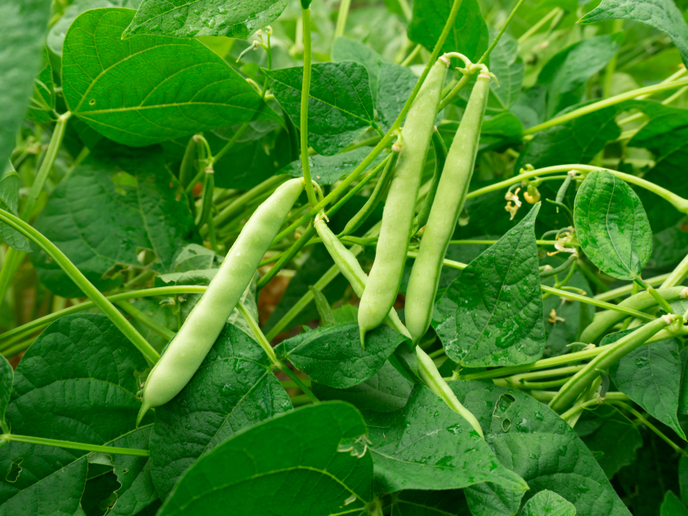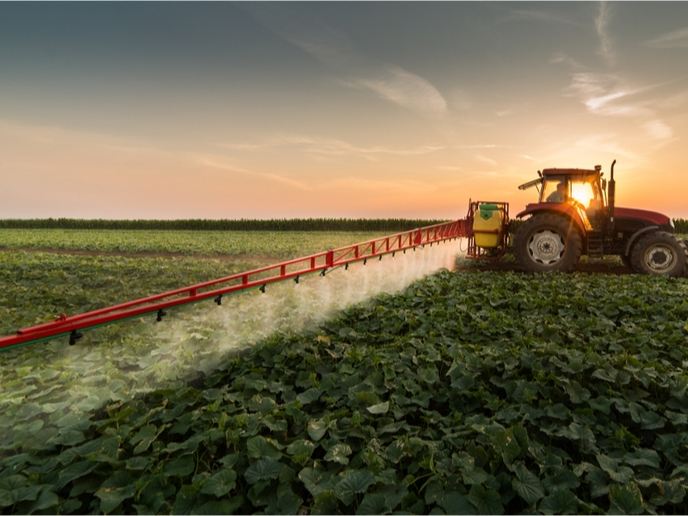Limiting pesticide use for more sustainable agriculture
There is considerable political and social pressure to decrease pesticide use and improve sustainability in commercial agriculture. IPM is a sustainable alternative that strives to grow crops with minimum input of pesticides, using a holistic approach for pest control. The EU-funded PURE (Pesticide use-and-risk reduction in European farming systems with integrated pest management) project aimed to develop IPM solutions and integrate them into European farming practices. The project involved researchers, companies, farmers and advisors. The aim was to develop pest control strategies by incorporating new technologies and techniques into IPM solutions, which were designed, tested and assessed in the field for key European farming systems: annual arable crops, field vegetables, perennial and protected crops. To this end, assessment tools were developed to address the economic, environmental and social facets of sustainability. Field tests revealed that an IPM approach can result in lower economic sustainability, but with significant environmental benefits. Researchers developed model-based or experimentally based strategies to combat the emergence of virulent pest strains as well as innovative diagnostic tools. Modelling tools were also developed to help identify IPM solutions in the near future. They included three platforms to design ecological models, to predict injury profiles and to predict yield losses caused by an injury profile. Similarly, optimisation tools were designed as well as a chain risk-economic model for fruit crops and models for optimal plant genotype and genotype deployment for yellow rust. In addition, researchers developed a model for multiple weed genotypes and a generic model of pest population and natural enemies in landscapes for deploying control measures. The project made significant progress on the front of biocontrol tools. It also investigated the effect of soil management practices on soil disease-suppression mechanisms and the response of natural enemies to habitat amendment strategies. A study of multi-scale pest dependence on crops and semi-natural habitat was also conducted. Project partners designed and tested air sampling traps and optical techniques for mapping disease. In addition, they optimised polymerase chain reaction techniques for quantifying fungal species and tested a decision-making prototype for weed control, pheromone dispensers and vibration mating disruption devices for pest control as well as precision spraying. Pesticide use has steadily increased over the last few decades; therefore it is vital to develop new tools to reverse this trend while catering to global food demand. PURE rose to this challenge by developing systems and tools for decreased pesticide use without limiting farm productivity.
Keywords
Pesticide, agriculture, integrated pest management, pest control, farming, sustainability, assessment, experiment, modelling, pest evolution, biocontrol, ecological pest control, technology







